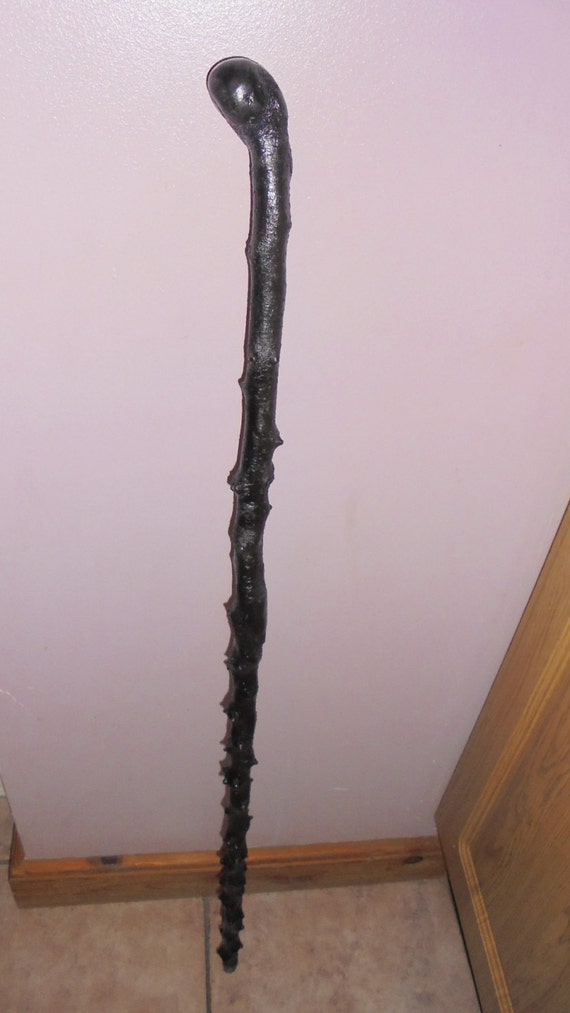
Unfortunately, many “shillelaghs” sold to tourists today are merely painted black for the look and are not well-seasoned. Shillelaghs used to be seasoned by smearing them with butter and placing them at the hearth or up the chimney, which led to them becoming blackened.

In Ireland, suitable alternatives include ash, holly, oak, hazel, and hawthorn, based on qualities like their toughness and the availability of relatively straight shanks for stick-making.įinding a proper shillelagh today is complicated by the tourist industry in Ireland. At present, the quintessential shillelagh is a knobbed walking stick of approximately three feet in length and made from the wood of a blackthorn shrub. The heyday of cudgel fencing in Ireland was during early the 19 th century, when fights between rival factions were a common occurrence and shillelaghs came in various shapes and sizes (see list of examples on John Hurley’s Shillelagh University website).


Regardless of the word’s origins, shillelagh now refers to the iconic Irish fighting stick. While appealing, I await further evidence of this usage before giving it precedence over other etymologies. He speculates that the English word shillelagh may actually come from a shortening of the Irish for ‘thong walking stick’. Irish martial arts researcher John Hurley proposes a third interpretation in his book Shillelagh: The Irish Fighting Stick. They don’t give provenance for the former, but at least maide is a more common word for stick (along with bata). Or perhaps the etymology is reversed and sail éille is actually an Irish appropriation of the English s hillelagh, which was itself an anglicization of the Irish place name? I note that Foras na Gaeilge’s New English-Irish Dictionary lists both sail éille and maide draighin as translations of shillelagh. The English word for an Irish cudgel may also be a corruption of the Gaelic for ‘beam/log/willow with a thong’, which refers to a stout stick equipped with a leather strap that could be secured around the user’s wrist. By 1773, Oxford shows that shillelagh was used to refer to a wooden cudgel, seemingly in reference to the famous oaks of the village/barony of Shillelagh. According to the Online Etymology Dictionary, the place name comes from the Irish for ‘descendants of Elach’, referring to the sept of an 8 th century Irish king in the Province of Leinster. The Oxford English Dictionary (OED) records the first use of shillelagh (spelled Shelela) in 1677 as the name of a village and barony in County Wicklow, Ireland, which was known for its oak forests. And just to be thorough, alternate spellings of shillelagh in English include: shelaly, shillaley, shillely, shillaly, shilley, shillela, shilala, shillala, shillalah, shilela, shilelah, shilelagh, shillealah, and shilelagh. The origin or etymology of the English word shillelagh is a bit convoluted. Finally, I offer some brief preliminary thoughts on the cultural importance of the shillelagh as a symbol, which I listen for through music. Then, I discuss the ways it is currently used in reference to the practice of Irish stick-fighting as shillelagh martial arts. First, I consider how the noun may have come into English. In this introductory blog post, I define the word shillelagh is three ways.

An Overview of Irish Stick-fighting and Its Musical Legacy.Ī shillelagh is a wooden cudgel, and the word is pronounced “shuh-lay-lee.” More specifically, a shillelagh is an Irish style of stout, knobbed stick that can function as a weapon.


 0 kommentar(er)
0 kommentar(er)
